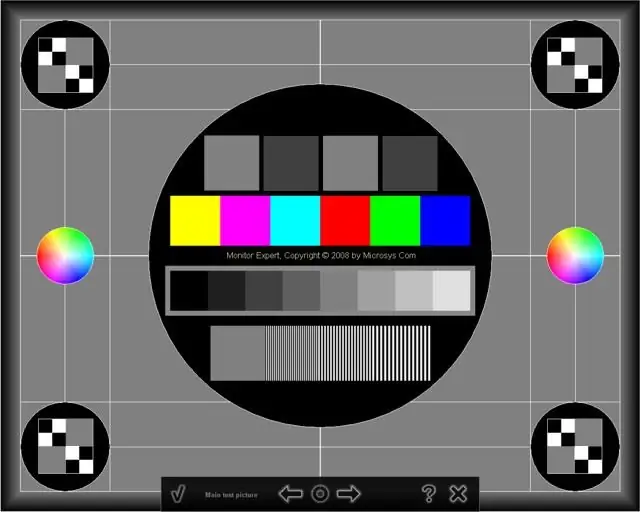If you spend a lot of time sitting in front of a monitor screen, you can make your work more comfortable and safer. A properly configured monitor display has the best color reproduction, less fatigue for your eyes, and also allows you to achieve better quality prints on your printer. Many PC users, unfortunately, besides looking at the monitor, do nothing else with it. So, we set up the display.

Instructions
Step 1
Colour temperature. What is it? The point is that the white glow of a monitor display is not actually pure white. It can be different, ranging from bluish-white to reddish-white. The specific temperature selected by the user should correspond to the most pleasing point on this spectrum.
Step 2
Let's say your monitor arrives at a store counter and then to your home with a color temperature of 9300 K. On the display of such a monitor, the white color will turn into blue. However, many people prefer the warmer tones (6500 K). So, in the settings menu of any modern monitor, there are two color temperature options - 6500 K and 9300 K. And the user also has the ability to operate the settings manually, adding or subtracting one or another color.
Step 3
Brightness and contrast. With brightness control, everything is clear: the higher the brightness, the brighter the picture and vice versa. If you set the brightness parameter to a low value, the grays will approach black. If the brightness is set too high, even blacks on the monitor will turn gray.
Step 4
If you have a grayscale table on your computer, display it on the monitor display. If there is no table, you need to download it on the Internet. Then decrease the brightness until the last pair of dark shades turns black. Now gradually increase the brightness until the first gray tint appears next to the black area. This will adjust the monitor display for optimal brightness.
Step 5
Now move on to color profiles. The red that is printed on the printer can be very different from the red that your graphics card or scanner produces. To help you match the color reproduction provided by different graphics devices, Windows provides ICC color profiles, which act as a common color management language.
Step 6
Each device requires its own specific spectrum. To check if all the profiles that the system needs are present and to configure them, right-click on the desktop. Then select "Properties", click on the "Settings" tab, and then on the "Advanced" button. Select the "Color Management" tab - there will be information about all color profiles that are in the system.






